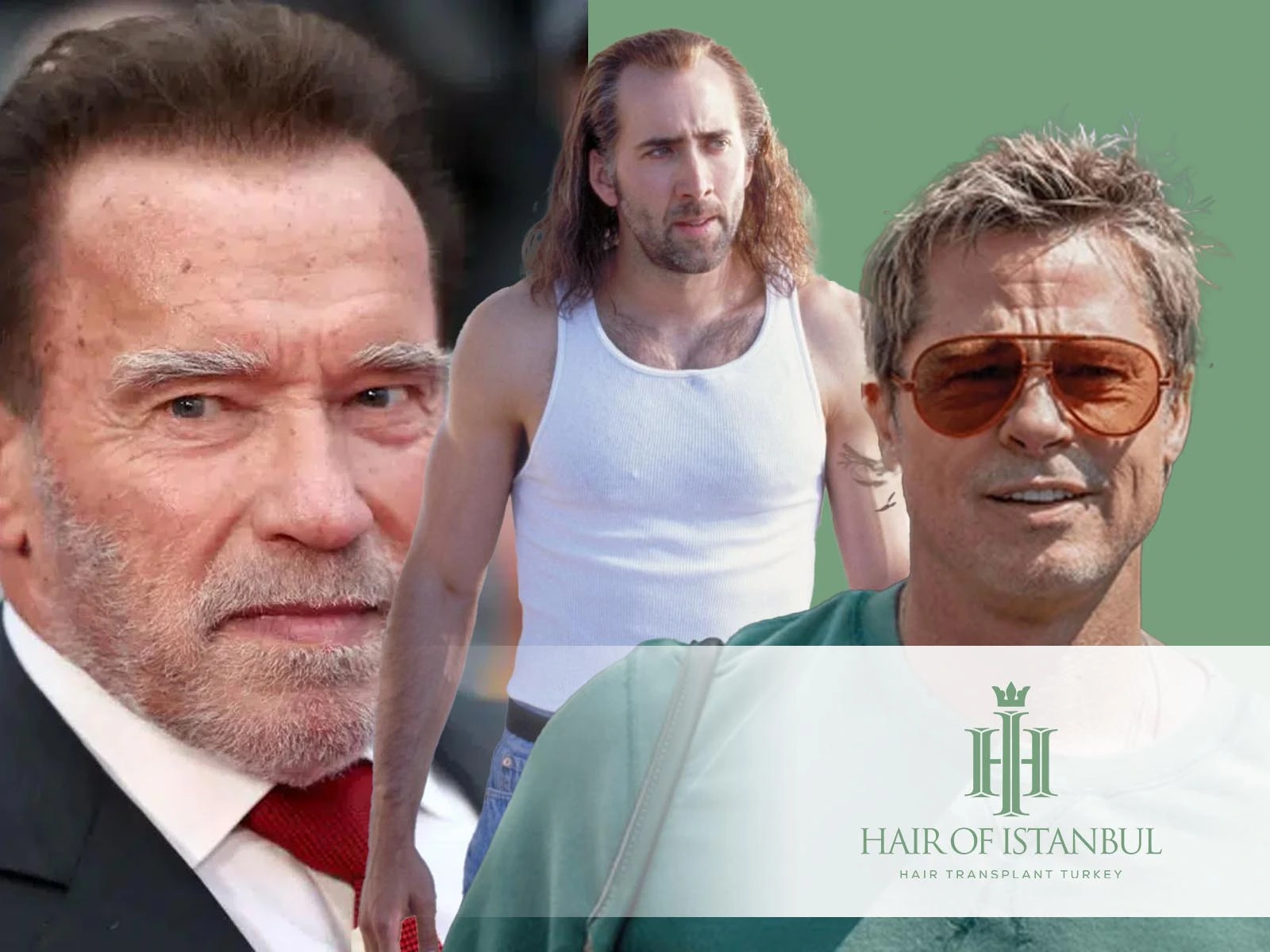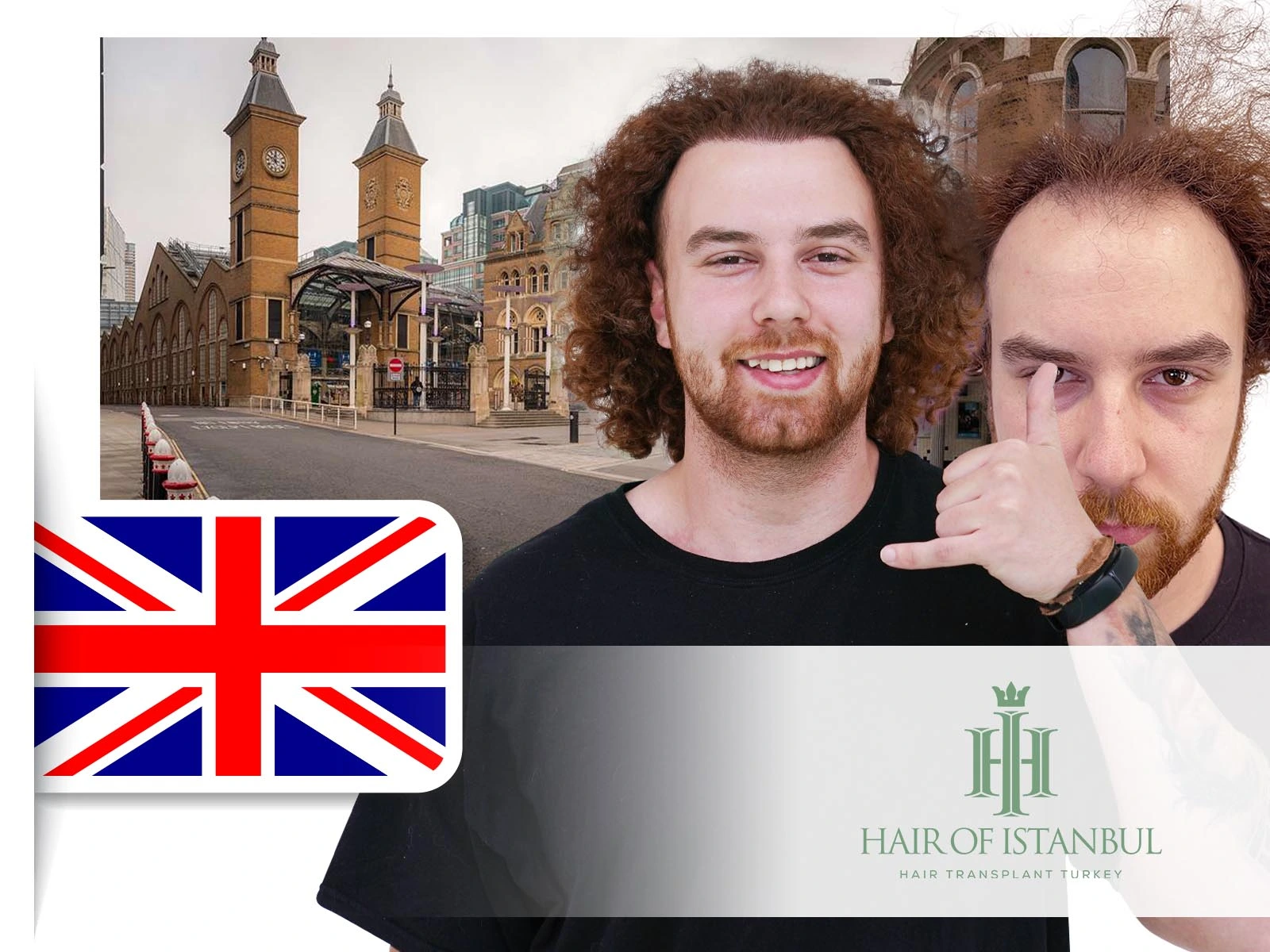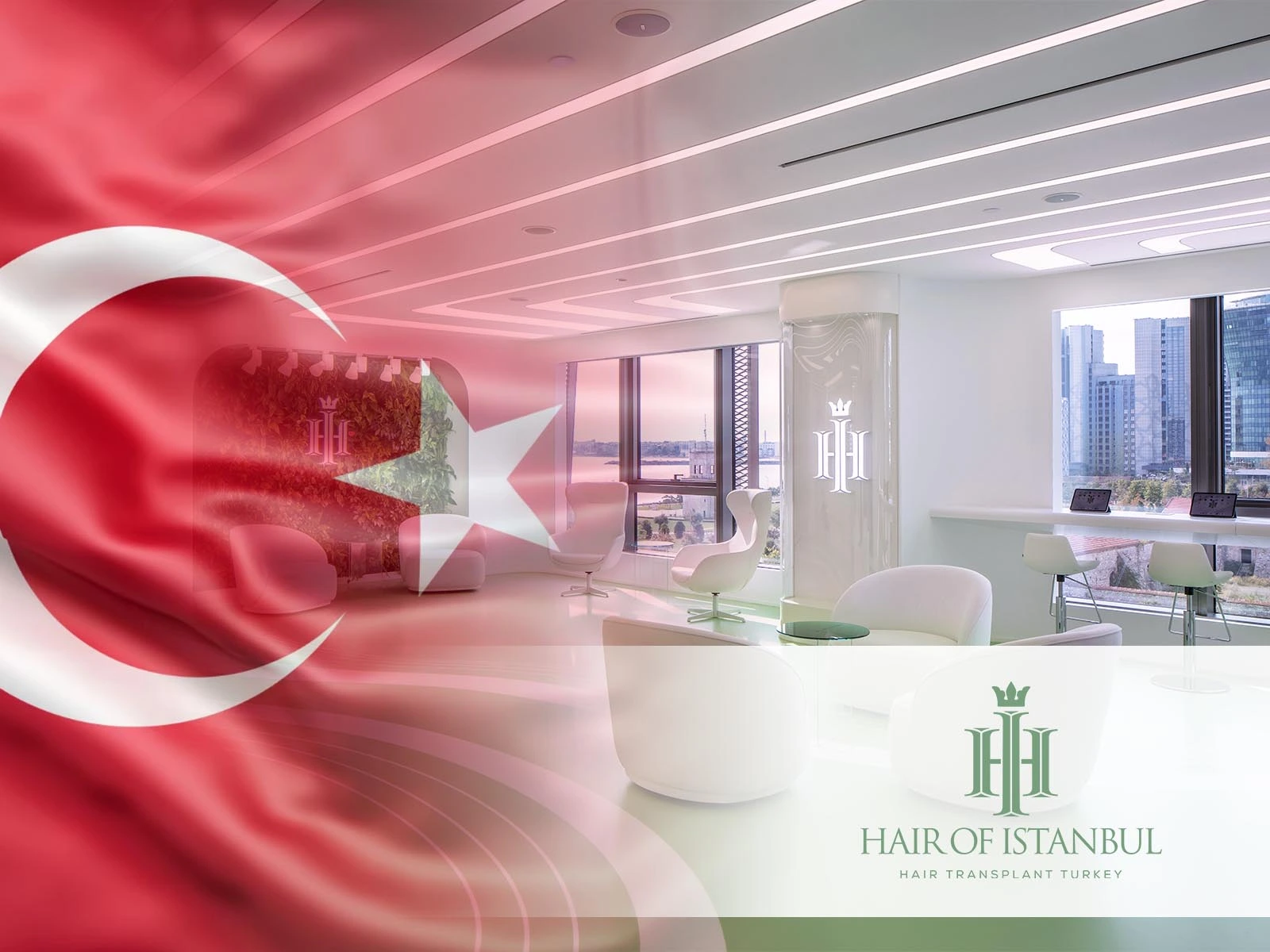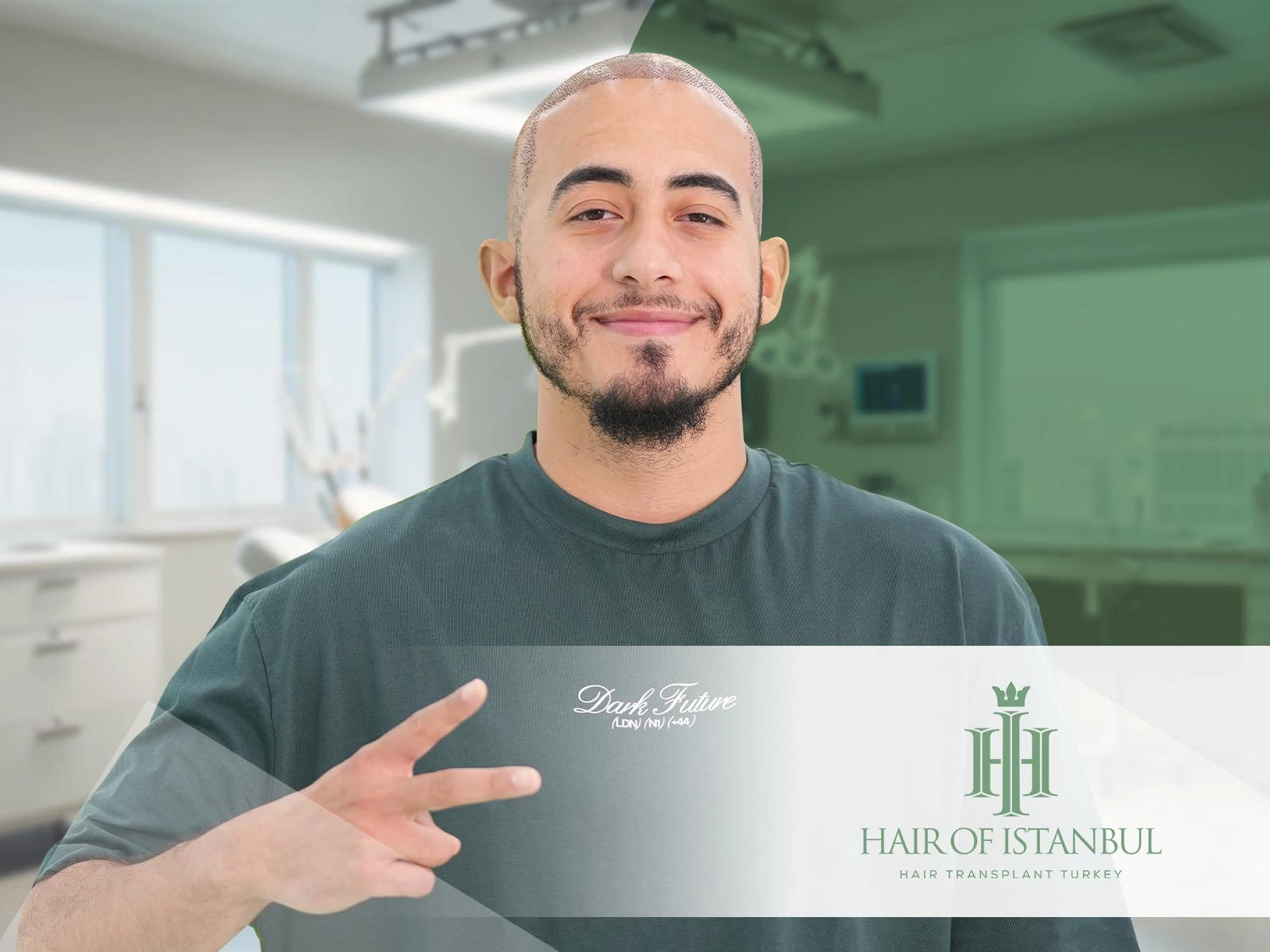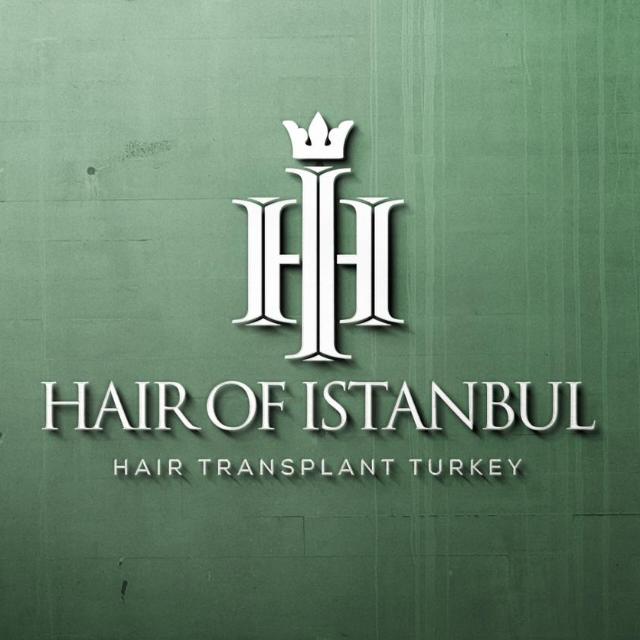Donor Area for Hair Transplant: What You Should Know Before Surgery
One of the most critical yet often overlooked aspects of hair restoration is the donor area for hair transplant. This is the region—typically the back and sides of the scalp—where healthy follicles are harvested to be implanted into thinning or bald areas. Understanding how this area works, how to care for it, and what to expect before and after surgery can make a significant difference in your results.
At Hair of Istanbul, one of the leading names in hair transplant Turkey, patients receive detailed education about the role of the donor area for hair transplant as part of their personalized treatment plan. Whether you’re undergoing a FUE hair transplant, DHI hair transplant, or a procedure tailored for a female hair transplant, the health and management of the donor site play a vital role in your success.
What Is the Donor Area for Hair Transplant Surgery?
The donor area for hair transplant typically refers to the occipital (back of the head) and parietal (sides) regions. These zones are genetically resistant to balding, making them ideal sources of permanent hair follicles. Techniques like FUE and DHI extract grafts one by one from this zone, leaving minimal scarring when performed correctly.
For procedures such as a 3000 grafts hair transplant, the donor site must have dense, healthy follicles. This is why a thorough scalp assessment at a reputable hair transplant clinic, like Hair of Istanbul, is essential before surgery.
Bu gönderiyi Instagram’da gör
How to Prepare Your Donor Area Before Surgery
Preparation of the donor area for hair transplant includes:
Avoiding harsh chemicals or treatments on the scalp weeks before surgery
Following your clinic’s washing and trimming instructions
Staying hydrated and avoiding smoking or alcohol, which can affect skin elasticity and healing
Patients coming in for man hair transplant or hair transplant for women often receive customized pre-op care to ensure the donor site is healthy and ready for extraction.
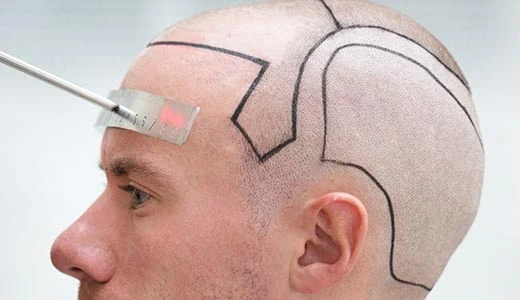
Healing and Aftercare of the Donor Area
Post-operative healing is typically quick, especially with modern methods like FUE hair transplant. Within 7–10 days, most visible signs of surgery (redness, small scabs) in the donor area for hair transplant subside. However, proper hair transplant care after surgery is vital to prevent complications like folliculitis or infection.
Clinics like Hair of Istanbul provide aftercare kits and detailed instructions, including how to wash the donor area gently and which products to avoid.
Common Concerns: Will the Donor Area Look Thin?
One frequently asked question is whether the donor area for hair transplant will appear patchy or thin. In skilled hands, the answer is no. Expert planning ensures that grafts are evenly extracted, avoiding density imbalance. For patients with tight donor capacity—like those seeking afro hair transplant or hair transplant long hair—specialized techniques are used to preserve aesthetic harmony.
Before and After Hair Transplant: Donor Area Changes
In most before and after hair transplant comparisons, focus is often placed on the recipient area. However, monitoring the donor area for hair transplant is equally important. A healthy, well-maintained donor site heals quickly and becomes virtually unnoticeable over time, especially when treated with care during the initial healing phase.
Bu gönderiyi Instagram’da gör
How Does Donor Area Impact Hair Transplant Results?
The quality of the donor area for hair transplant directly affects the final hair transplant results. Weak or overharvested donor zones can compromise graft survival and limit future procedures. That’s why ethical clinics never extract more than what your scalp can support. At Hair of Istanbul, every extraction is mapped for optimal yield without risking long-term density.
Is There a Link Between Cost and Donor Area Management?
While the hair transplant cost often reflects the complexity of the surgery, it’s worth noting that careful donor area planning is what separates a successful transplant from a compromised one. Opting for a cheap hair transplant may save money short term but can result in visible donor damage. Investing in a trusted clinic like Hair of Istanbul ensures the area is managed with medical precision and aesthetic sensitivity.
Timeline: What to Expect in the First 3 Months
By hair transplant 3 months, the donor area for hair transplant should be fully healed, with natural hair regrowth covering extraction points. Redness fades, scabs are gone, and most patients feel comfortable returning to their full grooming routines.
Protecting Your Donor Area Is Protecting Your Results
The donor area for hair transplant is more than just a source of grafts—it’s the foundation of a natural and lasting transformation. Understanding its role, caring for it before and after surgery, and choosing a clinic that respects its importance are key to a successful journey. At Hair of Istanbul, this area is treated with the same precision and care as the visible result—because long-term success starts at the root.

